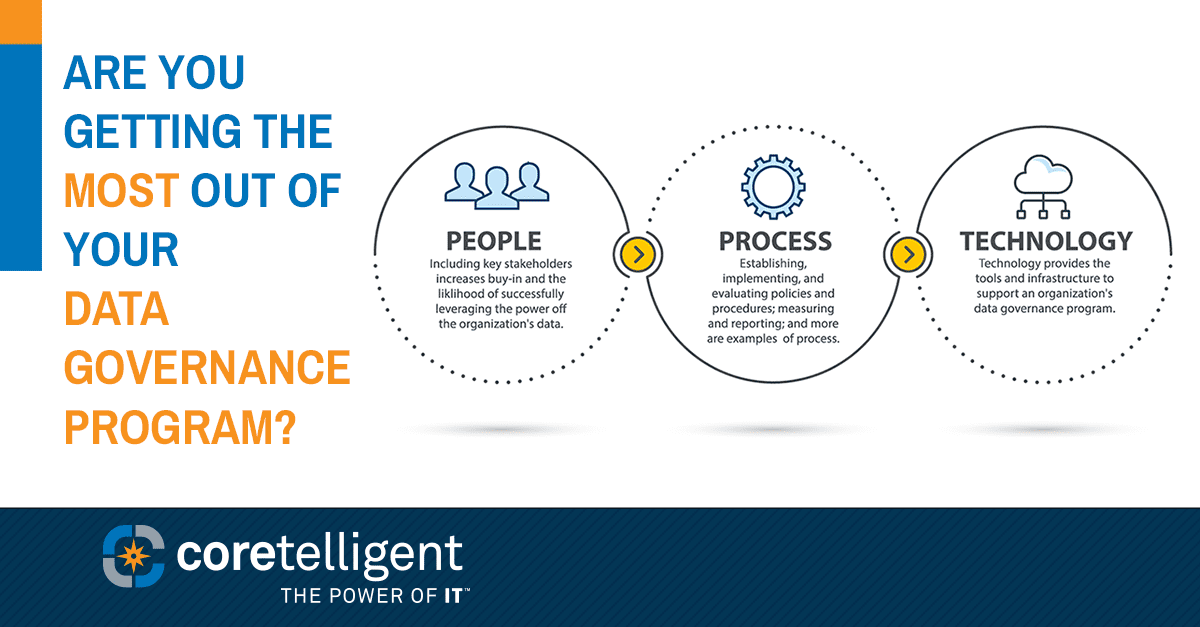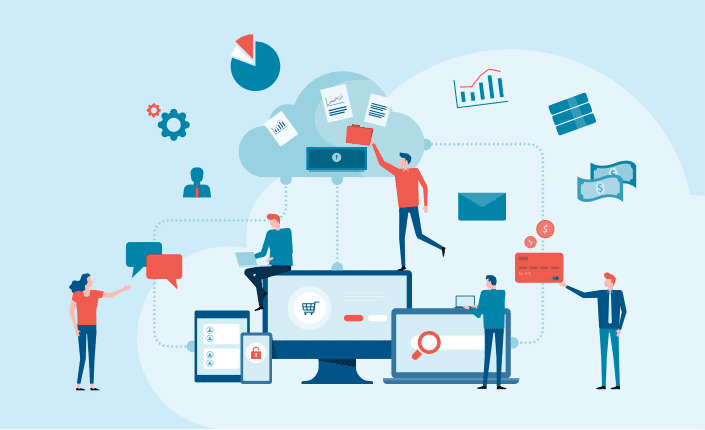Security and compliance are often used interchangeably in IT, but that is actually a misnomer as they are not equivalent. So, just what are the differences between security vs. compliance?
[ez-toc]
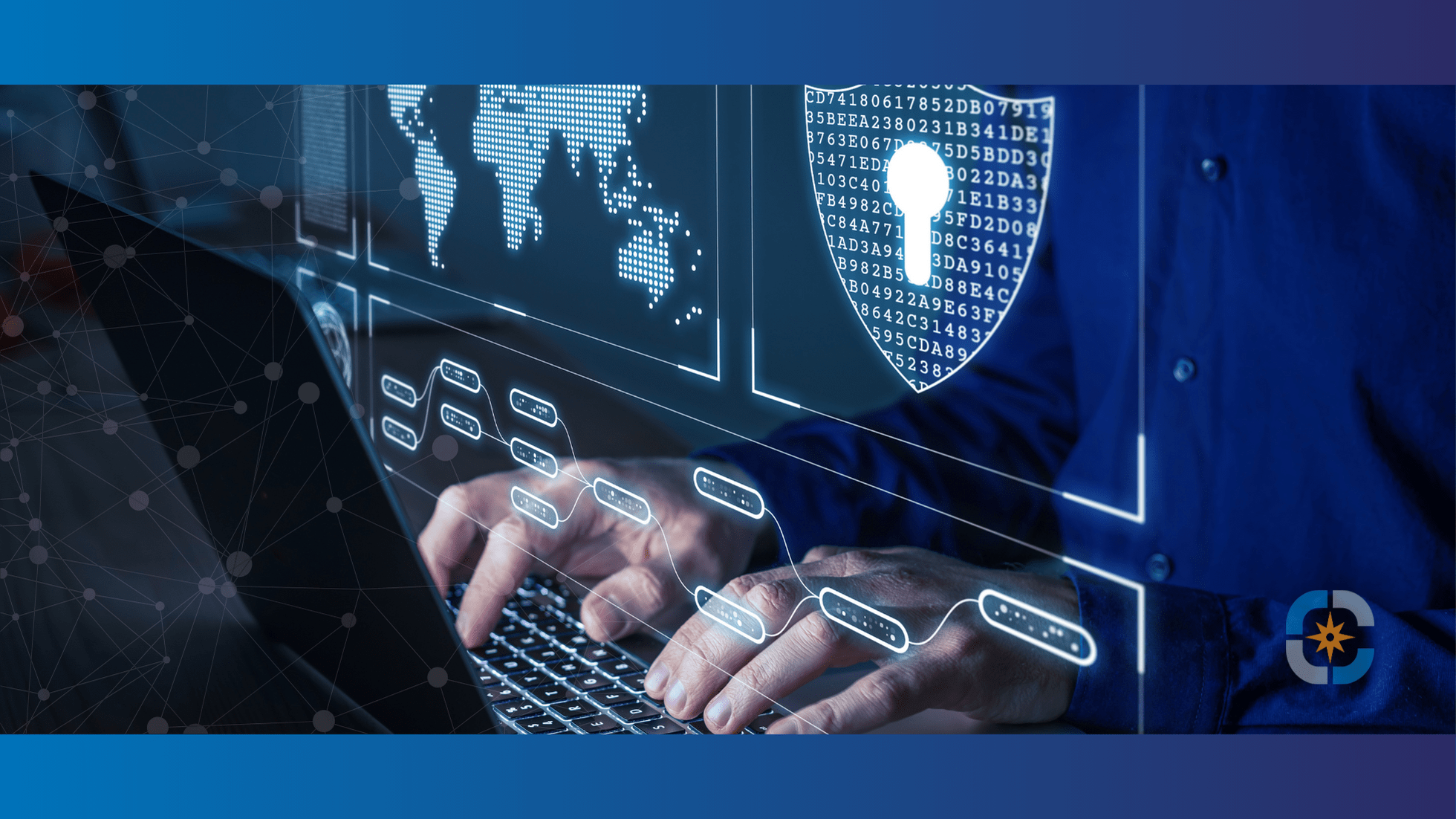
Security Vs. Compliance
In understanding security vs. compliance, it’s important to recognize that they are both equally important but for varying reasons. Whereas security drivers are related to mitigating business risks, compliance drivers are regulatory or legal in nature. Compliance and security have similar objectives around managing risks and securing sensitive data and systems. However, they have different processes and workflows to accomplish these goals.
Compliance involves applying regulatory standards to meet contractual or third-party regulatory requirements. In contrast, security constitutes the implementation of adequate technical controls to protect digital assets from cyber threats.
Still, again, they are similar but not equal. So why is the distinction between security and compliance important? It is significant because implementing one without the other could lead to devastating consequences for your company.
Cybersecurity
That’s the motivation behind implementing cybersecurity—the desire to protect the confidentiality, integrity, and availability of company assets through security controls and best practices.
IT security is unique to each organization—the measures set by one entity may be entirely different from those of another. Security focuses on comprehensively mitigating any risk that may threaten an organization’s data confidentiality, availability, and integrity—it relates to all the electronic and physical data of an organization and not just those covered by compliance.
We don’t walk around with our bank account or social security numbers on our foreheads—that would be reckless. Instead, we do our best to secure sensitive information from individuals who want to steal it because securing valuable data is a prudent action to reduce the associated risks of identity theft and drained bank accounts.
Cybersecurity acts the same way. Recognizing the risks, smart business leaders choose to secure assets to protect their business from harm and keep their business. The fallout from inadequately securing business assets can lead to loss of business revenue, costly lawsuits and settlements, theft of intellectual property and proprietary information, reputational loss, inability to operate, and business shutdown.
Related Content → Evaluate your security readiness with our Cybersecurity Checklist.
Compliance
The confusion between the two functions arises because the outcomes from implementing compliance measures often overlap with implementing security measures. However, the motivation behind organizational compliance is to ensure that obligations and requirements are satisfied to avoid negative consequences and ensure business viability.
These external compliance requirements and standards include a range of often intersecting and complicated networks of government, industry, financial, and even customer requirements. Cybersecurity is often a small part of a greater set of requirements. Examples include:
- Self-regulatory organizations like PCI Security Council (PCI DSS) and Financial Industry Regulatory Authority (FINRA)
- Governmental bodies like the U.S. Securities and Exchange Commission (SEC)
- Government regulations, including Gramm-Leach-Bliley Act (GBLA), FTC Safeguard Rule, Sarbanes-Oxley (SOX)
- Privacy standards, including HIPAA/HITECH, GDPR, CCPA
- Technical Standards and Certifications, including ISO27001, SOC2
- Control frameworks, including NIST CSF, CIS Critical Security Controls
- Client SLAs
- Due Diligence requests (DDQ)
- And more depending on your industry and other factors.
Looking at the worst possible outcomes, the legal and financial ramifications of non-compliance with these and other standards would lead to your organization paying hefty fines and penalties, facing costly lawsuits, being blocked from working in certain locations and industries, not being able to take payments, loss of financing and investors, not being able to acquire insurance, and more.
Related Content → What is Governance, Risk, and Compliance?
Security vs. Compliance the Big Picture
The reality is that neither IT security nor compliance lives in a vacuum. Instead, they are complementary—symbiotic even. They successfully function from a mutually beneficial association that enhances and reinforces the benefits of each other. One without the other would be like trying to make water without oxygen or hydrogen.
Being compliant with a specific set of standards is not the same as having an effective and robust information security system. Compliance simply measures whether your security protocols meet a given set of one-size-fits-all security standards at a given point in time.
A robust security system makes it easier for an organization to meet compliance standards since most of the needed controls will already be in place. All that would remain to attain compliance would be documentation work and adherence to industry-specific policies.
It’s All About Managing Risk
The real question every business leader should be asking is how to leverage both security and compliance to reduce exposure and risk. Compliance establishes a comprehensive baseline for covering an organization’s overall posture. At the same time, security practices build on that baseline to ensure that the business is protected from every angle.
It’s all about risk. Or, more accurately, reducing risk. And security combined with compliance is the one-two punch every business needs to minimize risk and protect assets.
For companies of any size, Governance, Risk, and Compliance (GRC) is about aligning cyber and information technology with business objectives, while managing risk and meeting regulatory compliance requirements. Therefore, an effective GRC strategy is essential because it pulls together the complexity of various risk, compliance, and governance functions into a single strategy.
Successful companies address cyber risk in a business context. From that point of view, avoiding fines and data breaches are preferable. In establishing and implementing compliance and security, smart leaders treat them as a risk-management concern and not just an “IT problem.” Integrating your security and compliance teams into your risk assessment program will lead to mutually assured success.
Additionally, certain industries, like financial services and life sciences, have overlapping requirements originating from a variety of sources which can make fore a complicated matrix to follow. Working with an IT vendor who specializes in your particular industry is ideal to ensure compliance across all regulations.
Choosing the right security and compliance solutions is also critical. Operating with a “checkbox” approach to either compliance or security will lead your organization toward a rocky future. Instead, focus on developing and adhering to robust policies and choosing the right solutions based on your industry needs, risk assessment, and business goals to satisfy and streamline your compliance and security activities.


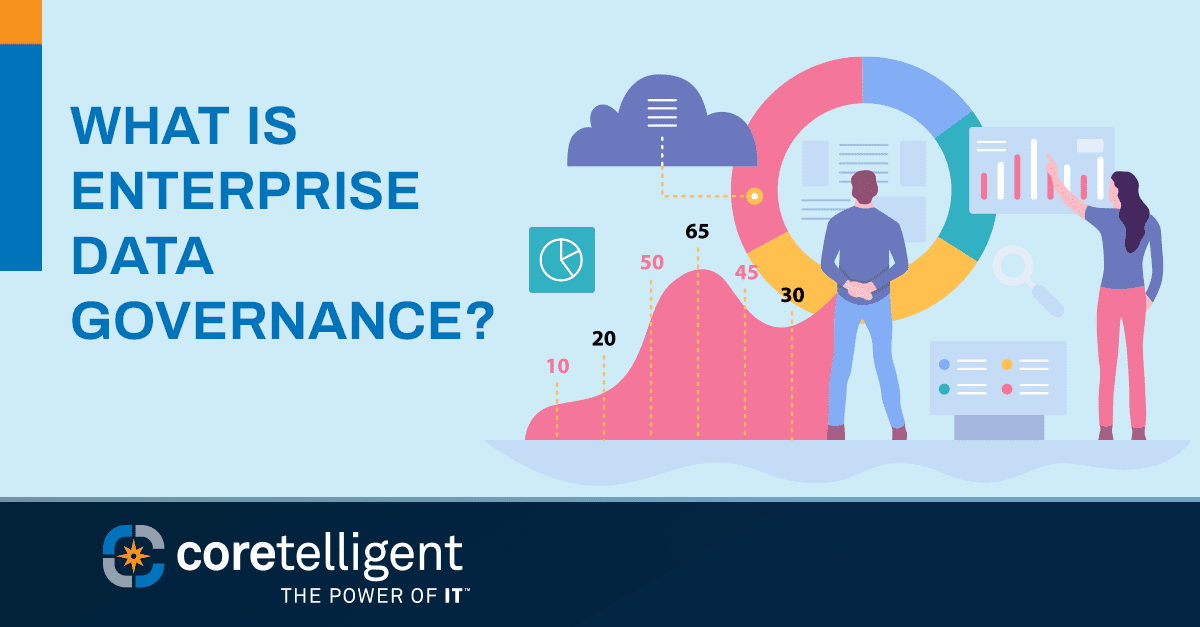
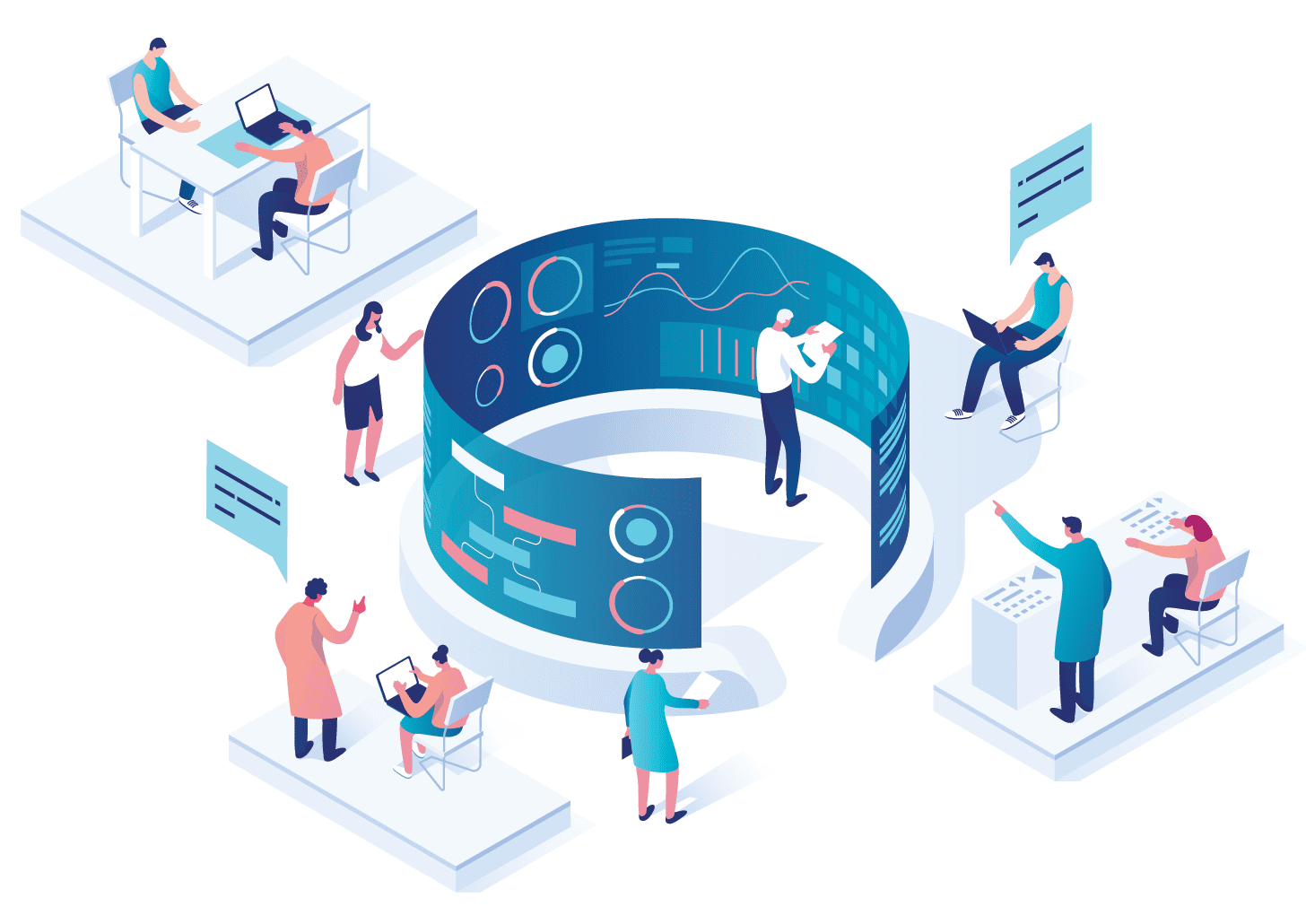
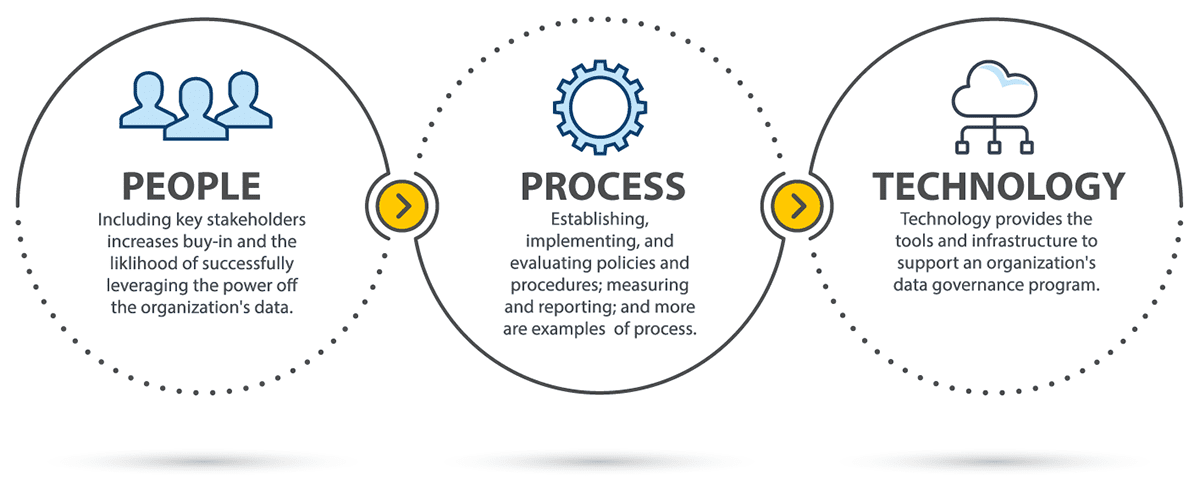

 Even with all of the available technology solutions, one of the biggest challenges you will continue to hear from technical teams is lack of time. Everything from upgrading current platforms to researching new solutions requires dedicated focus, and the ability to shut out all by-the-minute frustrations and do the work required to move your organization into the future. It’s not surprising to find that many business professionals feel as though they are being shut down by IT teams and attempt to “go rogue” — something that would be less likely to happen if IT teams are able to meet their needs more quickly. Outsourced IT solutions is a cost-effective and practical way to solve these challenges.
Even with all of the available technology solutions, one of the biggest challenges you will continue to hear from technical teams is lack of time. Everything from upgrading current platforms to researching new solutions requires dedicated focus, and the ability to shut out all by-the-minute frustrations and do the work required to move your organization into the future. It’s not surprising to find that many business professionals feel as though they are being shut down by IT teams and attempt to “go rogue” — something that would be less likely to happen if IT teams are able to meet their needs more quickly. Outsourced IT solutions is a cost-effective and practical way to solve these challenges.